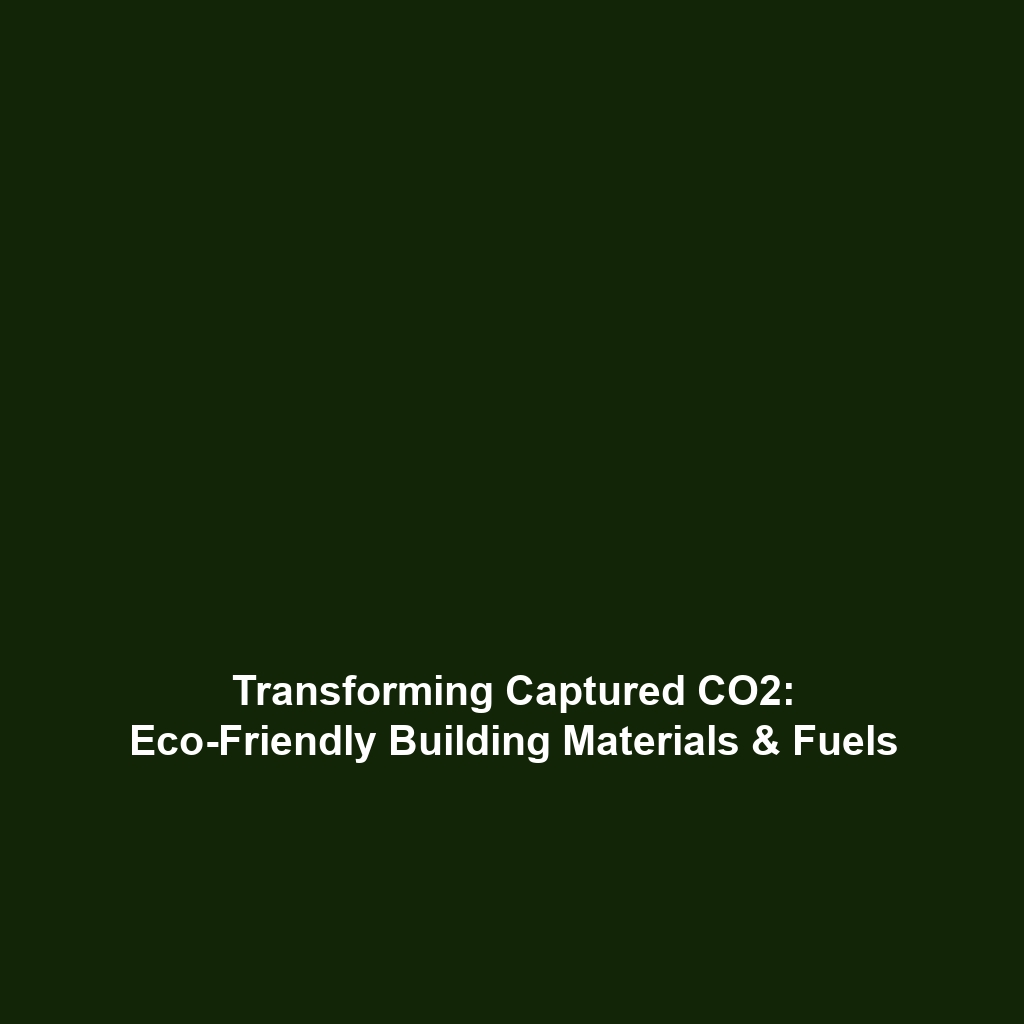<>
Costs Vary Depending on the Type of Capture Technology, Transport Distance, and Storage Site
Introduction
The economics of Carbon Capture & Storage (CCS) play a vital role in determining the feasibility and scalability of this essential technology in combating climate change. Understanding how costs vary according to the type of capture technology, transport distance, and storage site is crucial for stakeholders in the energy and environmental sectors. As global efforts intensify to reduce greenhouse gas emissions, comprehending the financial implications of different CCS methodologies becomes increasingly significant for governments, industries, and researchers alike.
Key Concepts
Several major concepts underpin the discussion of costs in Carbon Capture & Storage (CCS):
- Capture Technology: Different technologies, such as pre-combustion, post-combustion, and oxy-fuel combustion, exhibit varying capital and operational costs.
- Transportation: The distance over which captured carbon dioxide must be transported to storage sites can significantly affect overall expenses due to infrastructure needs.
- Storage Sites: The selection of geological formations for CO2 storage influences both the feasibility and cost; specific sites may require enhanced safety measures and monitoring protocols.
Applications and Real-World Uses
Understanding how costs vary based on capture technology, transport distance, and storage site is essential for leveraging Carbon Capture & Storage (CCS) effectively. Some of the most significant applications include:
- Power Generation: Utilizing CCS in coal and gas-fired power plants can help mitigate emissions while maintaining energy production.
- Industrial Processes: Industries such as cement and steel manufacturing may employ specifically optimized capture technologies to reduce carbon footprints.
- Enhanced Oil Recovery (EOR): Captured CO2 can be utilized in EOR, providing an economic incentive for capturing and storing emissions.
Current Challenges
The implementation of Carbon Capture & Storage (CCS) faces various challenges that need addressing to optimize costs effectively:
- High initial capital costs for advanced capture systems.
- Limited infrastructure for CO2 transportation.
- Regulatory and permitting challenges regarding geological storage sites.
- Public perception and acceptance hurdles associated with CCS technologies.
Future Research and Innovations
Ongoing research and innovation are expected to reshape the landscape of costs in Carbon Capture & Storage (CCS). Key areas of focus include:
- Next-Generation Capture Technologies: Research into new materials and processes that can reduce costs and improve efficiency.
- Improved Transportation Solutions: Advancements in pipeline technology and logistics can lower transportation costs.
- Monitoring and Verification Enhancements: Innovations in safety and monitoring technologies can improve the reliability of storage sites.
Conclusion
In summary, the costs associated with Carbon Capture & Storage (CCS) vary significantly depending on the type of capture technology employed, the transport distance, and the chosen storage site. Understanding these variances is crucial for advancing CCS’s role in reducing global greenhouse gas emissions. As we move forward, maintaining a focus on innovative technologies and addressing current challenges will be essential for unlocking the full potential of CCS. For more information on related topics, explore our articles on carbon capture methods and CCS applications in industry.








